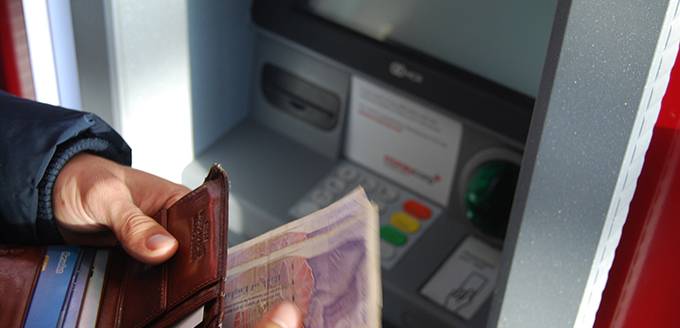What is a Bank Account Number?
A bank account number is a unique set of digits that identifies a customer’s financial account. It is an important piece of information for managing your finances, as it is used for a variety of banking activities such as making deposits, making payments, and setting up direct debits. The bank account number helps to ensure that the transactions are secure and that the correct customer is the one benefiting from them.
So, what is a bank account number and how do you locate it? The answer to this question is quite simple. A bank account number is a unique code consisting of up to twelve digits that is assigned to each bank account when it is opened. It is usually located on the front or back of your bank card (ATM card or debit card) or on your bank statement.
If you don’t have your bank card or bank statement handy, don’t worry! There are still ways to find your bank account number. For starters, you can look at your checkbook. Your bank account number is usually printed on the bottom left corner of your checks. You can also contact your bank directly to ask for your account number.
In addition, many online banking accounts include a feature that allows customers to view their account number. Simply log in to your online banking account and search for the account number. It is usually listed in the ‘Accounts’ section of the website.
Now that you know what a bank account number is and how to locate it, you can use it for a variety of banking activities. For example, you can use your account number to set up direct debits for bills and other recurring payments. You can also use it to make payments to friends and family, or to transfer money between accounts.
Your bank account number is a valuable piece of information and should be kept safe and secure. It is important to remember that it should not be shared with anyone else and should only be used for banking activities.
Having a bank account number is essential for managing your finances. It is a unique code that allows you to make payments, set up direct debits, and transfer money between accounts. It is usually located on your bank card or bank statement, but can also be found on your checkbook or through an online banking account. With a bank account number, you can quickly and easily manage your finances.
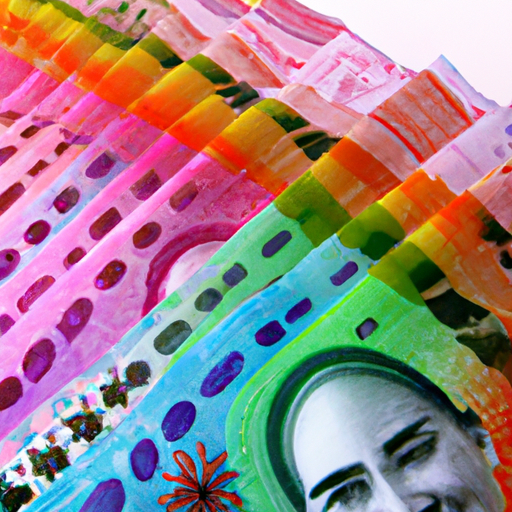
Where Can You Find Your Bank Account Number?
A bank account number is a unique, 9-digit code assigned to each individual bank account. It is used to identify your account and allow you to make transactions. It is also important to know your bank account number when making deposits, setting up direct debits and standing orders, and making transfers to other accounts. But how do you find your bank account number?
The first place to look is your bank statement. Most banks will print your account number on the statement, usually at the top or bottom of the page. If you can’t find it there, you can always contact your bank and ask them for your details. The customer service representative should be able to provide you with your bank account number right away.
If you are an online banking user, you can also easily locate your bank account number. All you need to do is log in to your internet banking account, and your bank account number should be visible on the home page. If it’s not, you can usually find it under the “accounts” tab, or by clicking on “account details” or “account summary”.
You can also find your bank account number on the back of your debit or credit card. The account number is usually on the bottom of the card, or on the back near the signature strip. You may need to use a magnifying glass to make out the digits, as they are usually quite small and may be hard to read.
If you’re still having trouble finding your bank account number, you can always call your bank and ask them for help. They should be able to tell you what it is, as well as provide you with other useful information such as your account balance and recent transactions.
Knowing your bank account number is important for a variety of reasons. It is the key to being able to make deposits, withdraw money, and transfer funds. It is also important to know your bank account number when setting up direct debits and standing orders, and when signing up for online banking.
In conclusion, finding your bank account number is relatively straightforward. You can usually find it on your bank statement, your internet banking account, or on the back of your debit or credit card. If all else fails, you can always contact your bank and they should be able to provide you with the information you need.
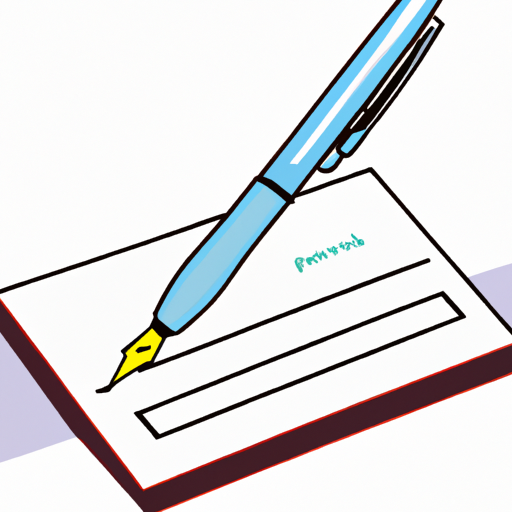
What Is Its Purpose?
A bank account number is an essential tool for making financial transactions. It is essentially a unique identifier that allows banks to track and manage all of your financial accounts. It’s important to understand what a bank account number is and how to locate it.
A bank account number is essentially a unique code assigned to each separate account you have with a financial institution. It allows the bank to identify your account and keep track of all the transactions associated with it. The bank account number is usually located on the front of the checkbook or on the bottom of the checkbook. Additionally, it is included on the bank statements and other documents sent to you by the bank.
The main purpose of a bank account number is to facilitate the transfer of funds between the bank and its customers. It is also used to authenticate the identity of the person who is making the transaction. This is especially important when it comes to online or mobile banking as it helps protect against identity fraud.
When opening a new account, the bank will assign you a unique bank account number. This is usually printed on the account opening documents that you receive from the bank. It is also included in the welcome letter that you receive from the bank. Additionally, the bank account number is usually printed on the debit card that you receive when opening a new account.
The purpose of having a designated bank account number is to make payments and transactions easier and more secure. When making payments, you will be asked to provide the bank account number of the person who is receiving the payment. This helps to ensure that the right person receives the payment and that the funds are securely transferred.
The bank account number is also used to make deposits and withdrawals from your account. When you make a deposit, the bank will transfer the funds to your account using the account number. Similarly, when you make a withdrawal, the bank will transfer the funds to the account using the account number.
Finally, the bank account number is also used to track any fees or interest payments that are associated with your account. This helps the bank to keep track of how much you are paying in fees or interest and helps them identify any potential issues with your account.
In conclusion, a bank account number is an essential tool for making financial transactions. It is a unique identifier that allows banks to track and manage all of your financial accounts. It is important to understand what a bank account number is and how to locate it. Knowing what it is and how to use it can help you manage your finances more efficiently and securely.
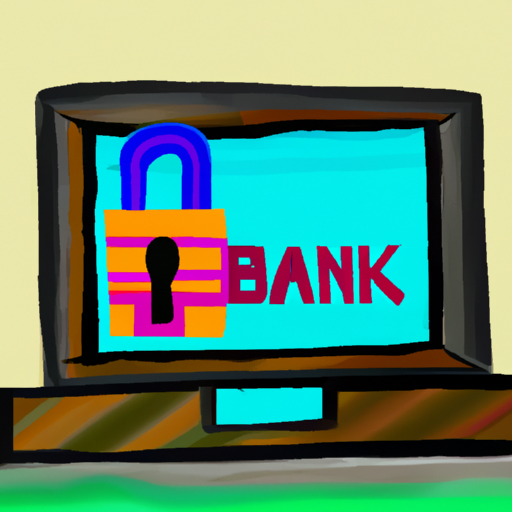
Banking Apps and Online Banking
Online banking and banking apps have revolutionized the way we manage our finances, making it easier and faster than ever before. A bank account number is an essential piece of information that you need when setting up an online bank account, making payments, and managing your finances. But what is a bank account number, and how can you locate it?
A bank account number is a unique sequence of numbers assigned to your bank account. It is used to identify a specific bank account in the banking system, and it is used to send and receive money. Your bank account number is usually found on the front or back of your debit or credit card, or it may be printed on your bank statement.
The bank account number is usually a combination of eight to twelve digits, and it can be used to move money between accounts, make payments, and transfer money from one account to another. However, it is important to remember that your bank account number is not the same as your debit or credit card number.
You can also find your bank account number by logging into your online banking account. Your bank account number will be listed in the “Accounts” section of the bank’s website. You can also contact your bank by phone or email to ask for your bank account number.
Another way to find your bank account number is to use a banking app. Many banks now offer mobile apps that allow you to manage your finances on the go. You can use the app to check your account balance, transfer money, and even check your bank account number.
If you are trying to open a new bank account, you may be asked to provide your bank account number. This is usually done to ensure that the bank can verify your identity and to ensure that you are the rightful owner of the account.
In conclusion, a bank account number is a unique sequence of numbers that identifies a specific bank account. It is used when setting up an online banking account, making payments, and transferring money from one account to another. You can find your bank account number on the front or back of your debit or credit card, on your bank statement, by logging into your online banking account, or by using a banking app.
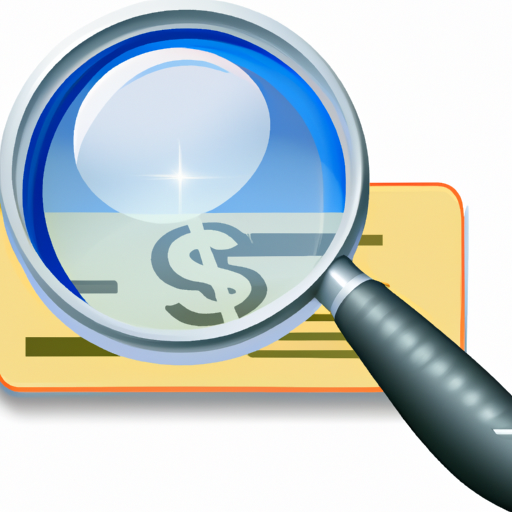
Bank Statements
A bank account number is an important piece of information for anyone who has an account with a financial institution. It identifies the account and allows for fast, secure transfers and payments. But, if you’ve ever forgotten the number, you may be wondering how to locate it.
The good news is that it’s easy to find your bank account numbers. Depending on the type of account you have, it may be listed on your statement, or even on your debit card. Checking and savings account numbers are typically nine digits long, and may include a combination of numbers and letters.
The first step in locating your bank account number is to check your most recent statement. This should include information like the account type, account number and your name. If you can’t find the information there, you can also call your bank and ask for the number. Depending on the bank, you may have to provide a few pieces of information to confirm your identity.
Another way to locate your bank account number is to look at your debit or ATM card. The number should be printed on the front or back of the card. However, this may not be the same as your checking or savings account number. If you have multiple accounts, each one will have its own number.
You can also find your bank account number online. Most banks allow customers to access their accounts through a secure website or mobile app. Once you log in, you’ll be able to find the account number listed in the account settings.
If you’re having trouble finding your bank account number, don’t worry – your bank is there to help. Call the customer service number, which is usually listed on the bank’s website, and they’ll be able to provide you with the information you need.
Knowing how to locate your bank account number is important if you ever need to make a payment or transfer funds. It’s easy to find the number, whether you check your statement, call the bank or log in to your online account. With just a few clicks or a quick phone call, you’ll have your number in no time.
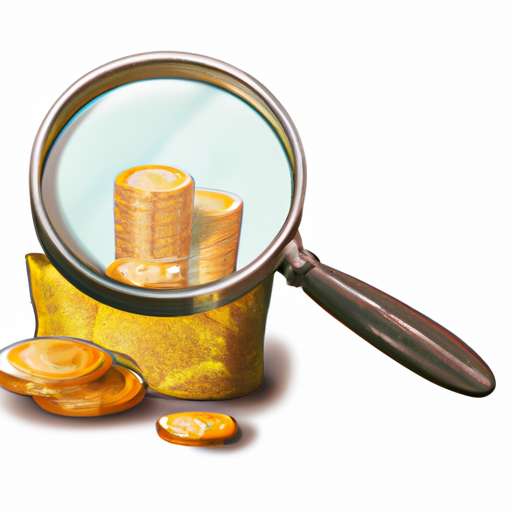
ATM Receipts
When it comes to finding your bank account number, it can be quite difficult. But if you have an ATM receipt, you are in luck. ATM receipts provide a convenient way to locate your bank account number.
An ATM receipt is a printed record of a customer’s financial transaction with an automated teller machine. It contains the customer’s name, the bank’s information, the account number, and the amount of money withdrawn. The account number is usually printed on the bottom of the receipt.
For most people, their account number is the same as their ATM card number. However, if you have multiple accounts with the same bank, each account will have its own unique number. It is important to note that the account number is not the same as the ATM card number or the PIN number.
If you have lost or misplaced your ATM receipt, there are other ways to find your bank account number. Many banks offer online banking services, which allow customers to view their account information, including their account number.
You can also contact your bank’s customer service department. The customer service representatives should be able to provide you with your account number, as well as other information.
If you are having trouble locating your account number, you can also look at your monthly bank statements. The account number should be included in the statement.
It is important to keep track of your bank account number, as it is essential for a variety of banking activities. Knowing your account number can help you complete online transactions, make payments, and protect your financial security.
With an ATM receipt, you can easily find your bank account number. But if you don’t have an ATM receipt, there are still other ways to find your account number. Just be sure to keep track of it, since it is an important part of your financial security.
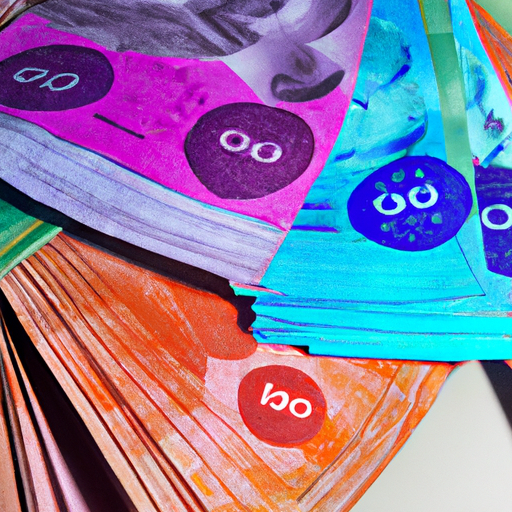
Through Your Bank
A bank account number is a unique identifier that allows you to access your bank account. It is typically a nine-digit number that is assigned by the bank to each of its customers when they open an account. Knowing your bank account number is important if you want to make deposits, withdraw money, or transfer money between accounts.
If you’re like most people, you probably don’t remember your bank account number off the top of your head. Fortunately, there’s an easy way to locate your bank account number right through your bank. Here’s how:
First, you’ll need to sign into your bank’s website or mobile app. Once you’ve logged in, you should be able to find a list of your accounts with your bank. Click on the account you want to view.
Next, you’ll be taken to the account details page. Here, you’ll find your account number as well as other account information, such as your current balance and any recent transactions.
If you’re still having trouble locating your bank account number, don’t worry. You can always call your bank’s customer service line and ask for help. A customer service representative will be happy to help you find your bank account number.
Alternatively, you can also find your bank account number on your checks. Most checks include the account number on the bottom left-hand side. You can find your routing number on the bottom right-hand side.
It’s also important to remember that your bank account number is not the same as your debit card number. Although they may look similar, they are two different numbers. Your debit card number is typically located on the back of your card, while your bank account number is specific to your bank account.
Your bank account number is an important piece of information. Not only does it allow you to access your account, but it also helps you keep track of your finances. With just a few simple steps, you can easily locate your bank account number right through your bank.
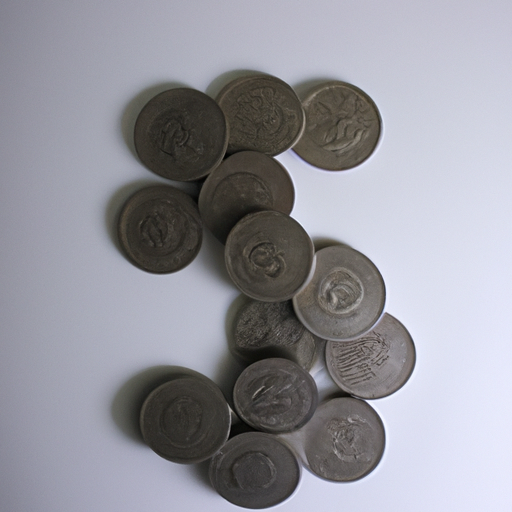
How to Protect Your Account Number
When it comes to protecting your bank account number, it is important to be proactive. We all need access to our money, but it is also important to keep it safe and secure. The first step in protecting your account number is to understand what it is and how it is used.
A bank account number is a unique series of numbers assigned to you by your bank or financial institution. It is used to identify your account and is usually found on your monthly statement or on the back of your debit or credit card. Your bank account number is important because it allows you to access your money, make deposits, and transfer funds. It is also used to identify you when you make purchases or pay bills.
Once you know what your account number is, you should take steps to protect it. The best way to do this is to keep it private and secure. Make sure that you are the only one who knows it and that you never share it with anyone. Additionally, you should be careful about what information you provide online. Avoid providing your account number on websites that you are not familiar with or do not trust.
In addition to keeping your bank account number secure, you should also be aware of fraud and identity theft tactics. Be cautious about phishing emails or text messages that might contain malicious links. Also, never provide your account number or other personal information over the phone unless you are absolutely certain of the identity of the person you are speaking with.
It is also important to be aware of your financial transactions. Monitor your bank accounts and credit card statements regularly to make sure that no unusual or unauthorized charges appear. If you do notice suspicious activity, contact your bank or financial institution right away.
Finally, make sure that you always use a secure password for online banking or financial transactions. A strong password should contain a combination of upper and lowercase letters, numbers, and symbols. Furthermore, avoid using the same password for multiple accounts and make sure that you change your passwords regularly.
In conclusion, understanding and protecting your bank account number is essential. Knowing what your account number is and how to keep it secure can help you safeguard your finances and avoid identity theft or other fraudulent activities. Taking proactive steps to protect your account number can help you keep your money safe and secure.
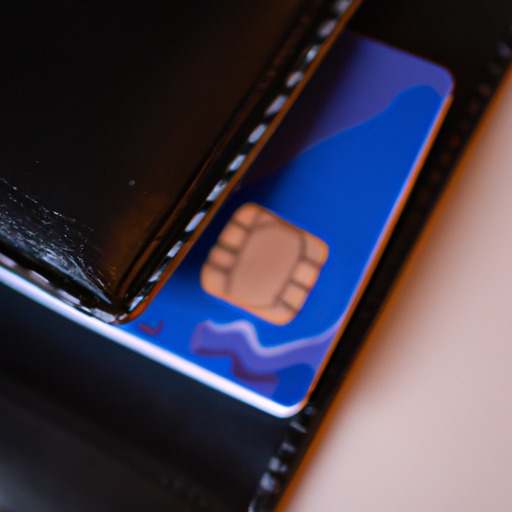
Cheques
When it comes to managing your finances, one of the most useful tools you have in your arsenal is a cheque. A cheque is a written order for a bank to pay a specific amount of money from your account to another party. The cheque includes the amount, your signature, and a bank account number. This bank account number is what the bank uses to identify your account and determine which funds to debit.
So, what is a bank account number and where can you find it? A bank account number is a unique identifier that you use to access your account. It is usually made up of 12 to 17 digits and is printed on your cheques, as well as any other documents related to your account. You can also find it on your monthly bank statements, and on the bank’s website.
When it comes to writing a cheque, it is important to make sure that you use the correct bank account number. If you enter an incorrect bank account number, the cheque will not be processed by the bank and you may end up paying late fees or having to write another cheque. To avoid this, double-check that the account number is correct before you sign the cheque.
In addition to using the correct bank account number when writing a cheque, you should also take care to ensure that the amount is correct. It is important to remember that the bank will not be able to process a cheque if the amount is incorrect, so double-check the amount before you sign and submit the cheque.
When it comes to using cheques, there are a few other things you should keep in mind. For example, if you are writing a cheque to someone, make sure that you use their full name on the cheque, and not a nickname or an abbreviation. This will help to ensure that the payment is processed correctly.
Finally, if you need to cancel a cheque for any reason, you should always contact your bank to let them know. This will help to prevent any fraudulent activity from taking place.
Overall, cheques are a great way to pay for goods and services, and are a safe and secure way to manage your finances. Knowing what a bank account number is and how to locate it is essential if you plan to use cheques. With a few simple precautions, you can ensure that your cheques are properly processed and that your finances are secure.

